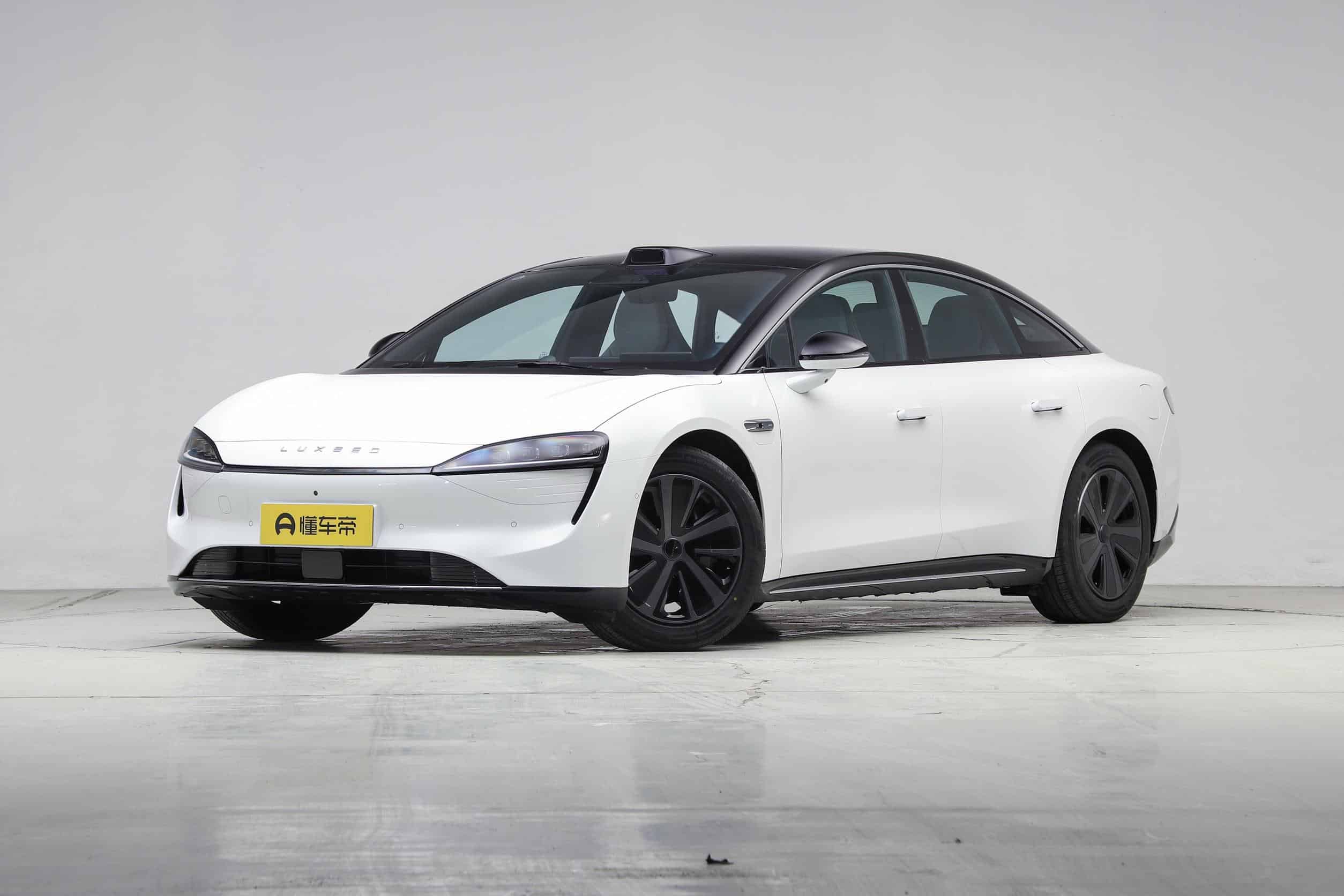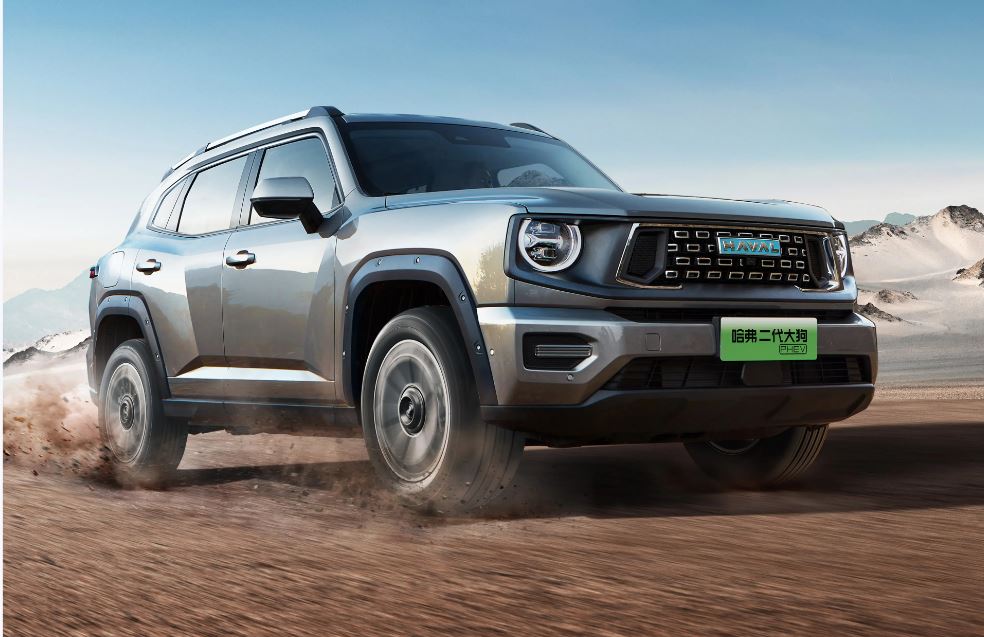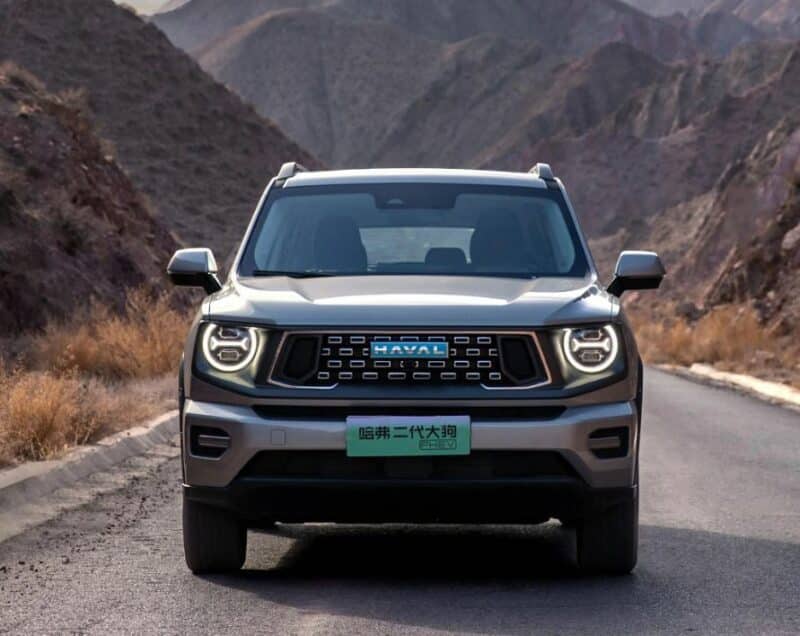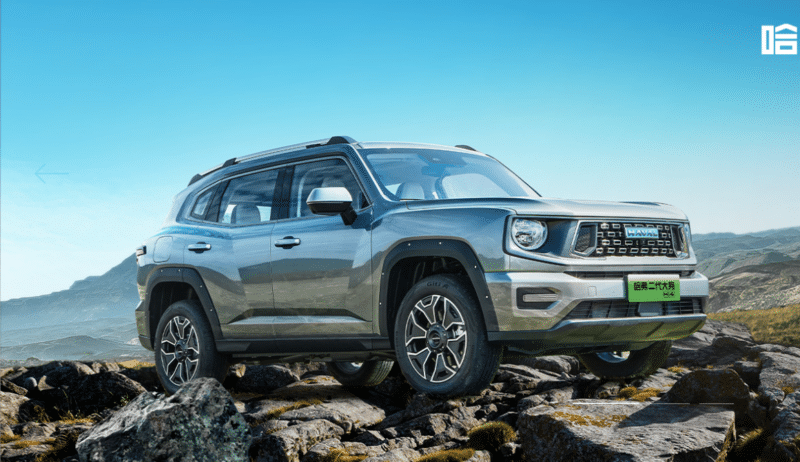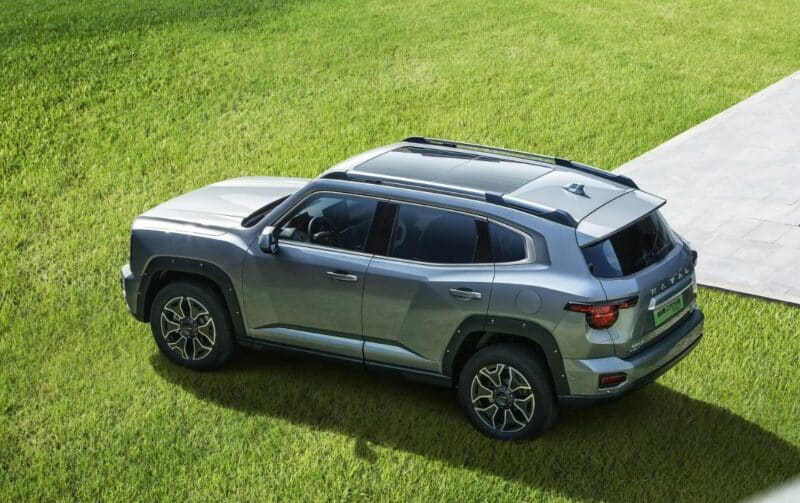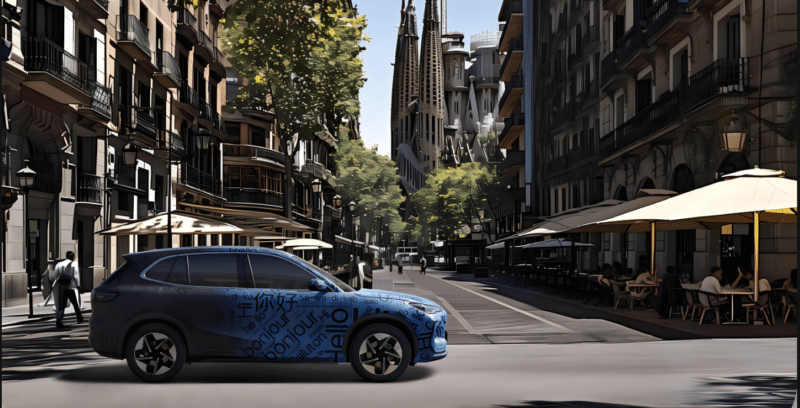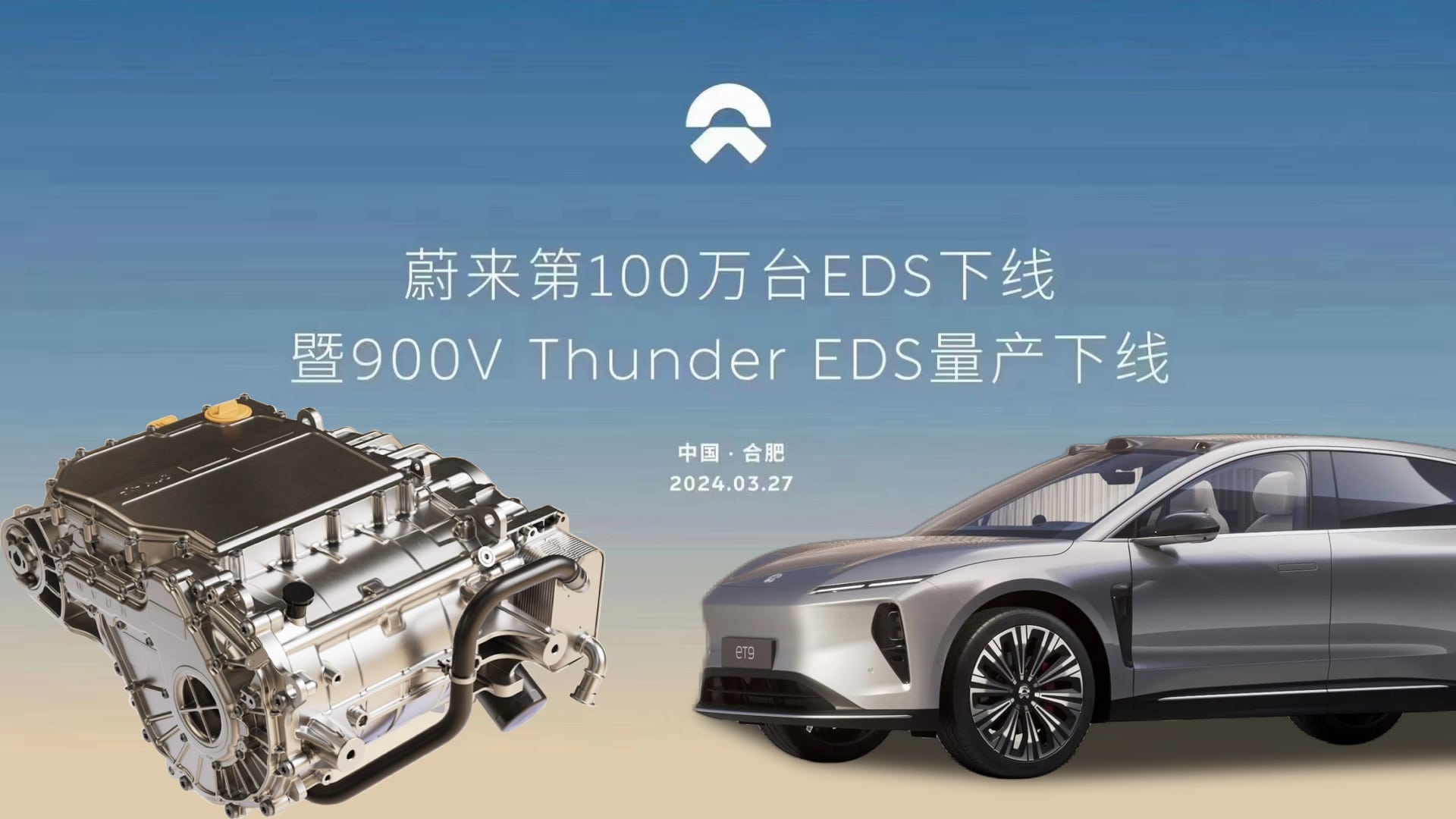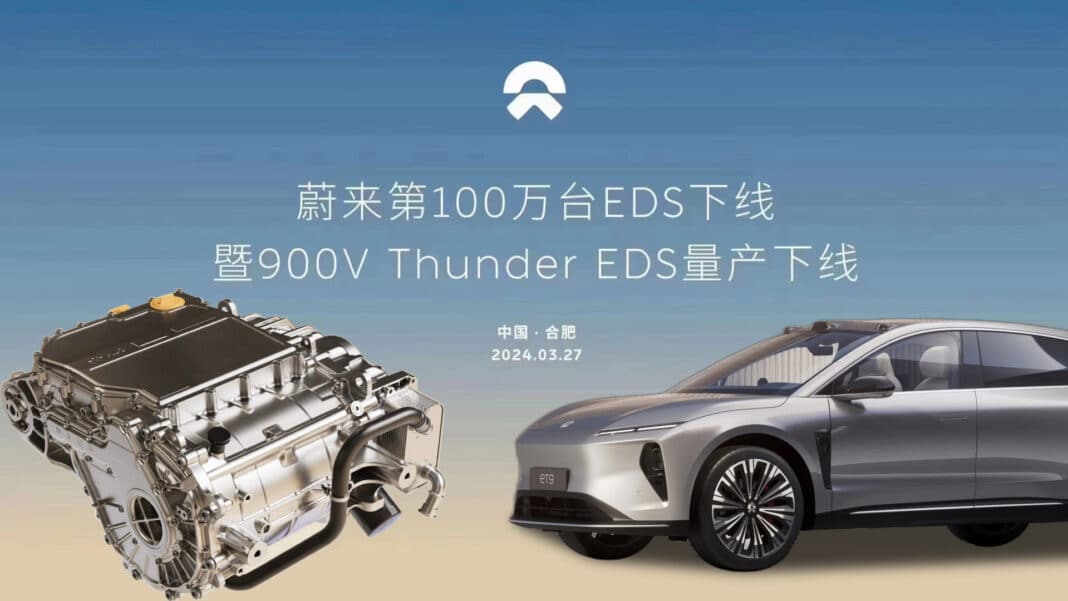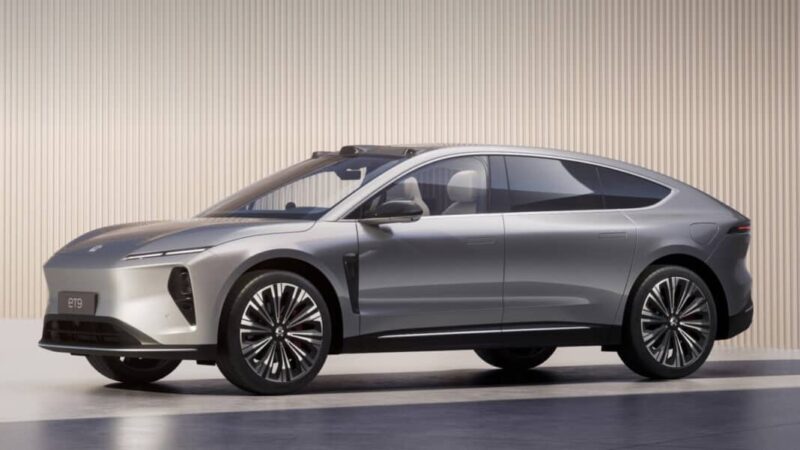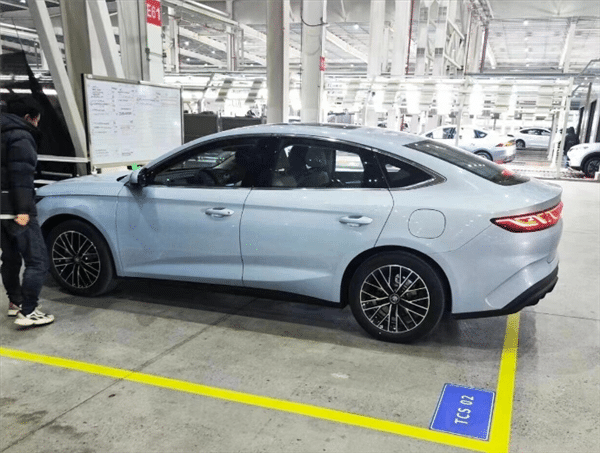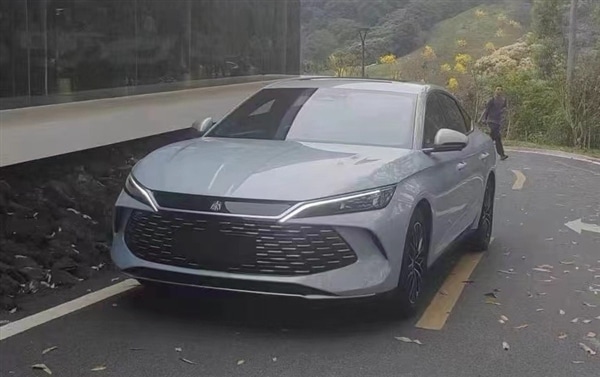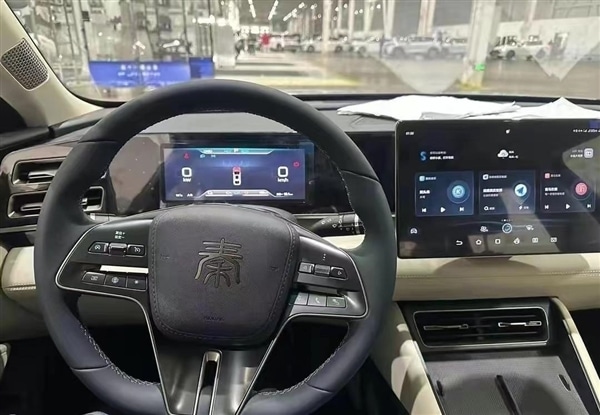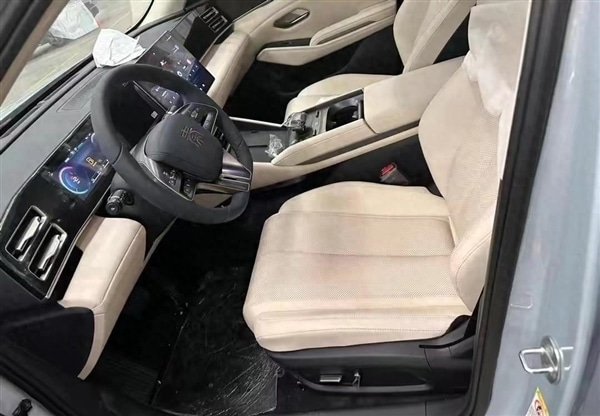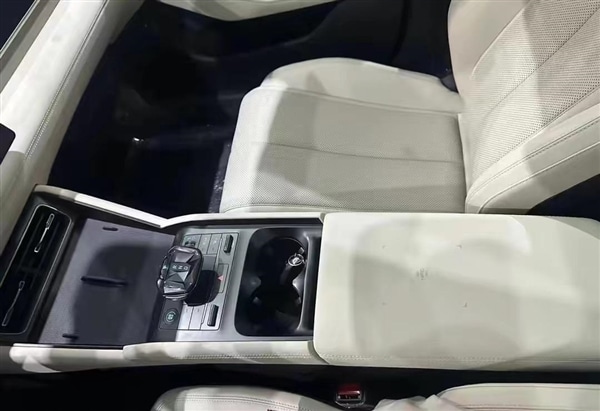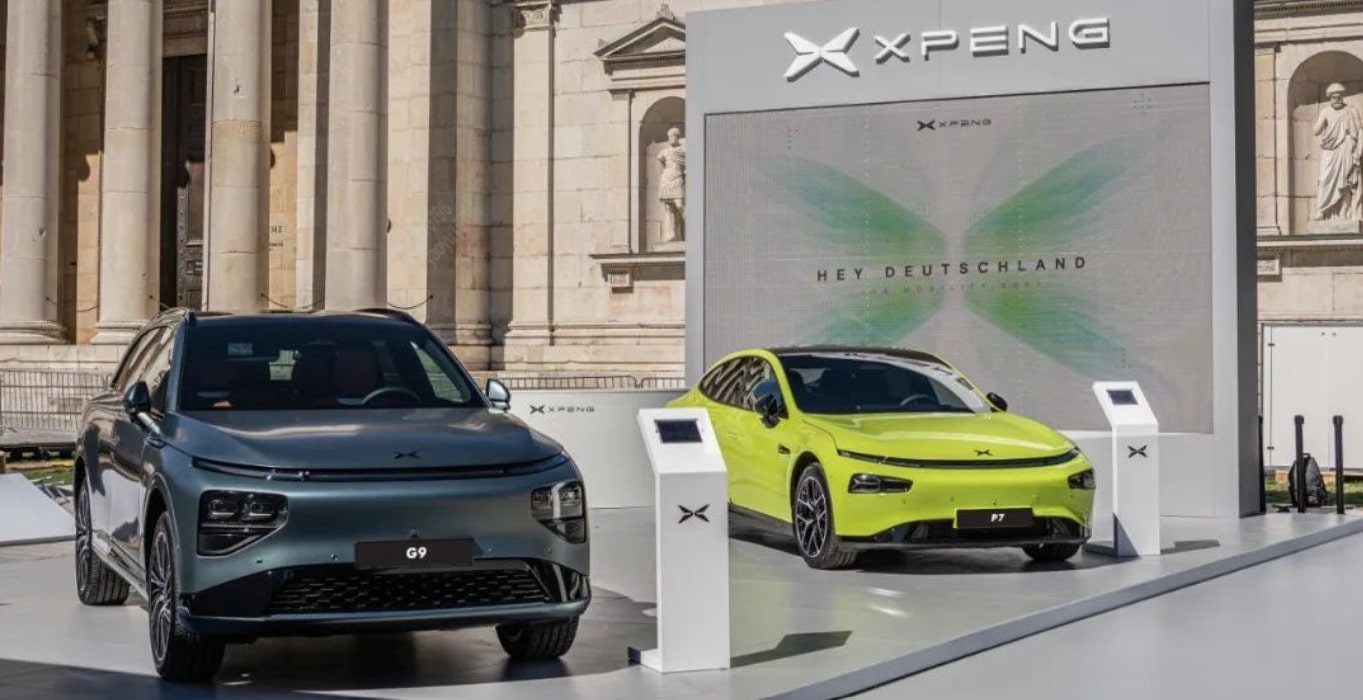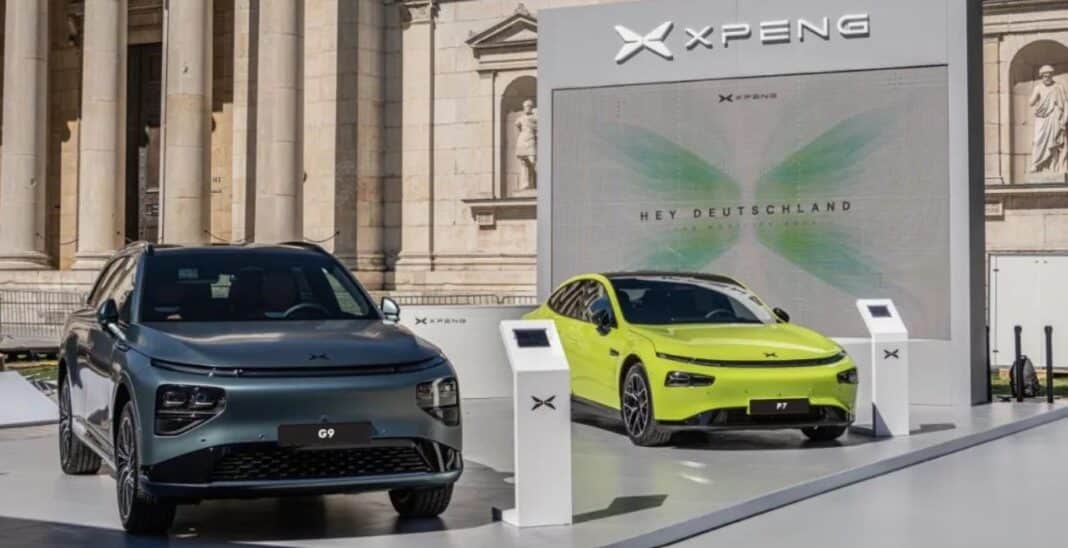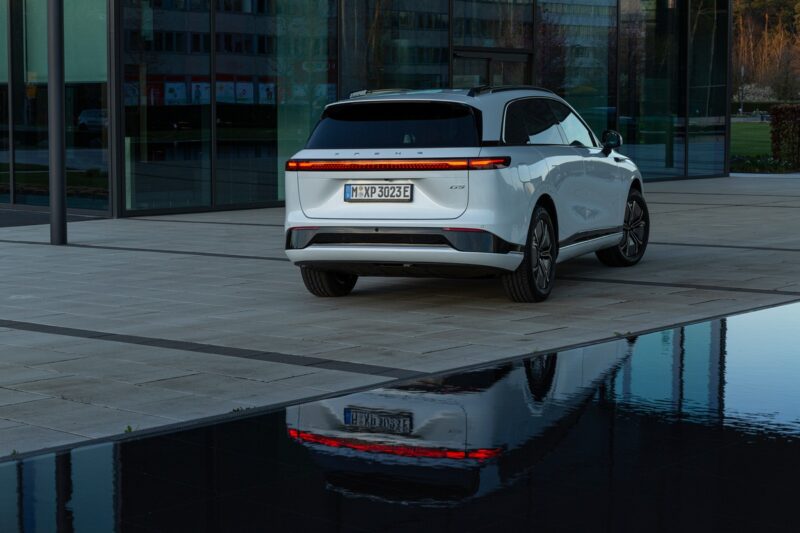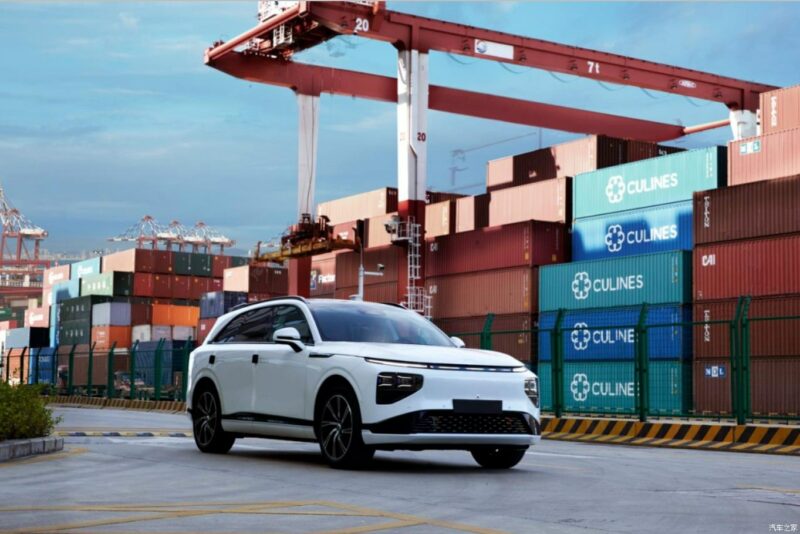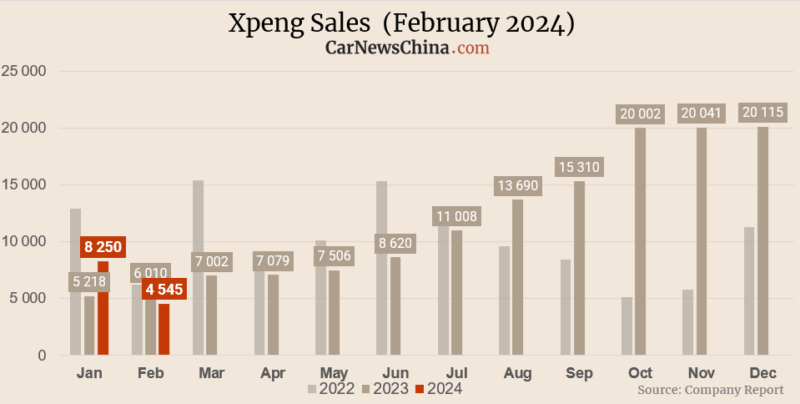Yommie
SpeedLimited
- Oct 2, 2013
- 64,174
- 37,188
- Country of Origin

- Country of Residence


BYD Yuan UP launched in China, price starts at 13,400 USD
BYD Yuan UP comes in three models
 carnewschina.com
carnewschina.com
BYD Yuan UP launched in China, price starts at 13,400 USD
Reading Time: 3 minutes
Adrian Leung
March 26, 2024
0
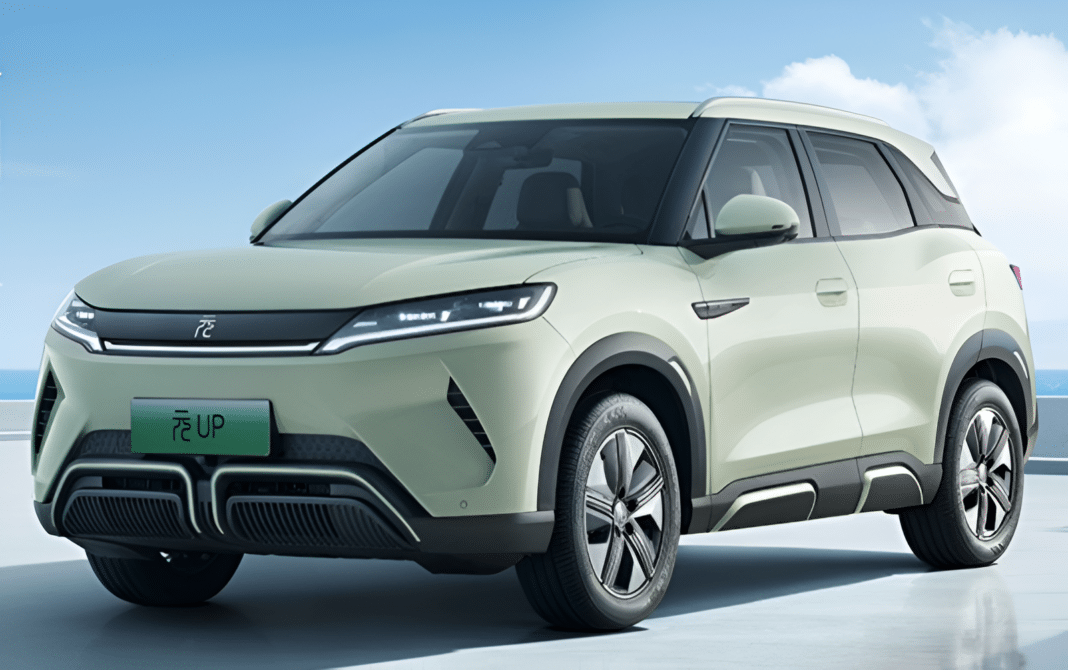
News like this to your inbox or phone?
Weekly summary to your inbox
I want this
Never miss and important news
Get Instant notification once the news is published.
Follow Us
After much anticipation, BYD finally launched the Yuan UP in China on 26 March 2024. It is the latest addition to the BYD Dynasty series, with a starting price of 13,400 USD. During the launch event, BYD announced Yuan UP will be offered in three models:
- 301km lower trim:96,800 yuan (13,400 USD)
- 401km lower trim:109,800 yuan (15,200 USD)
- 401km upper trim:119,800 yuan (16,600 USD)
The BYD Yuan UP targets a wide range of consumers, from students to young families. As BYD describes it the compact SUV blends traditional Chinese elements with modern touches. The LED headlights are inspired by a “dragon face”. TThe Yuan UP is available in four exterior colors: white, green, pink, and gray.
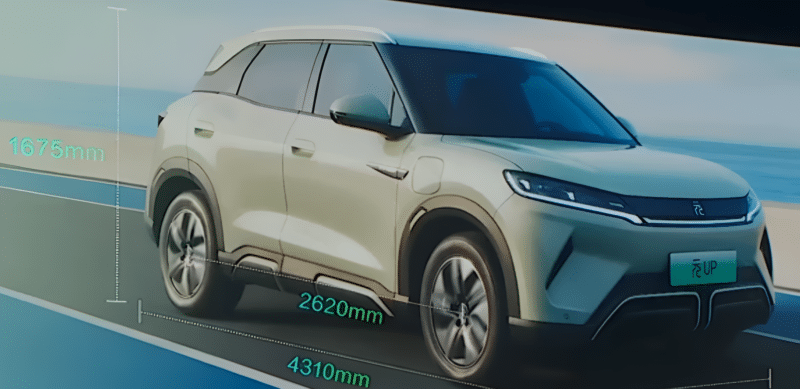
With dimensions measuring 4310/1830/1675 mm and a wheelbase of 2620 mm, this crossover offers a choice between two e-motors, providing power outputs of 70 kW and 130 kW. The smaller 32 kWh battery option provides 301 km in range. While the larger 45.1 kWh battery can provide 401 km on a full charge.
The BYD Yuan UP features a MacPherson suspension in the front axle and a torsion beam in the rear. Previously, the BYD Dolphin was also offered with this suspension. However, Chinese customers mentioned that it wasn’t comfortable enough. As a result, BYD updated the Dolphin, replacing the torsion beam with a multi-link independent suspension.
Despite its price tag, the Yuan UP has a quite decent interior. Key features include a D-shaped steering wheel with the Yuan logo. It has an 8.8-inch LCD instrument cluster with HUD. It also offers BYD’s signature 12.8-inch rotating center screen. The seats are adjustable and covered in perforated leatherette. The center console houses essential controls and a wireless charging pad. Not to mention a large panoramic roof.
In the segment of new energy small SUVs, rivals like the Neta Aya, Baojun Yep, and Lynk & Co 06 EM-P are also fighting for market share. BYD has not only joined the price war but is strategically positioned in hopes of leading the battle with the BYD Yuan UP.
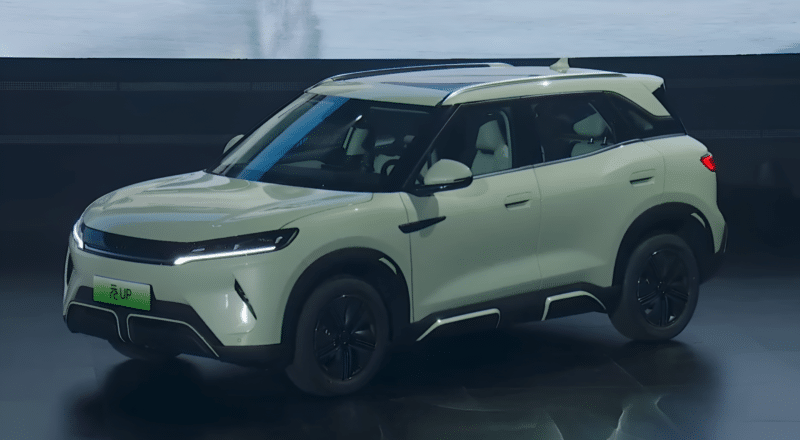
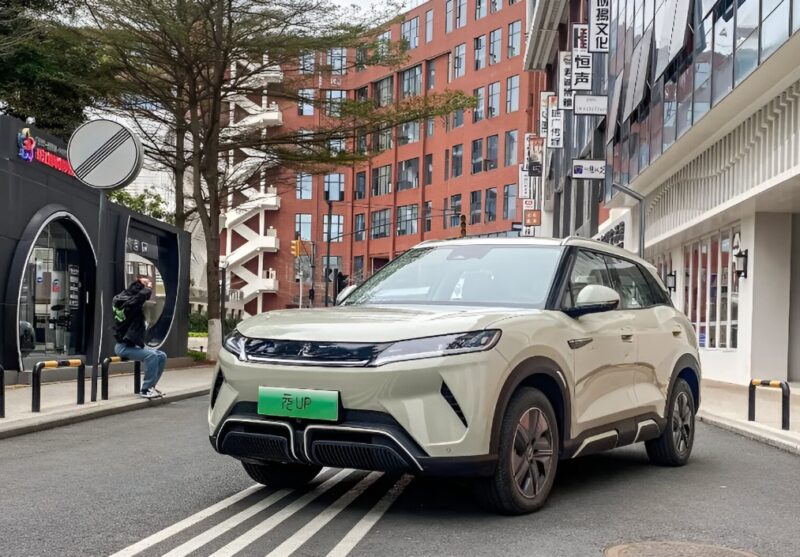
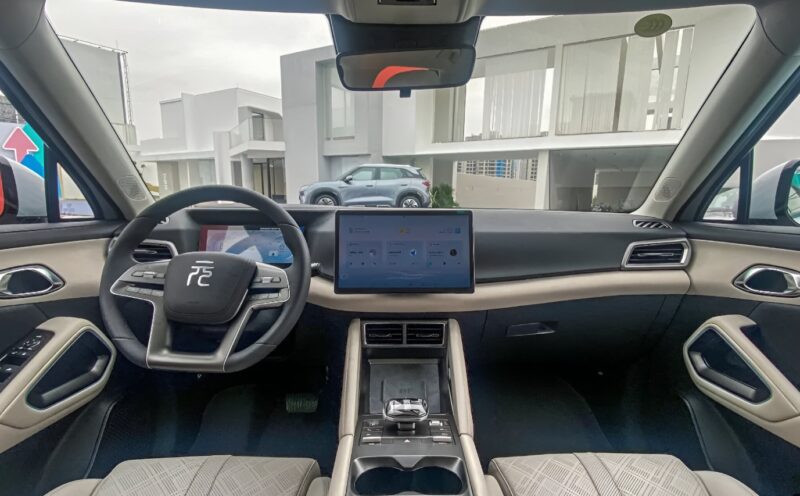
Source: IT-Home

